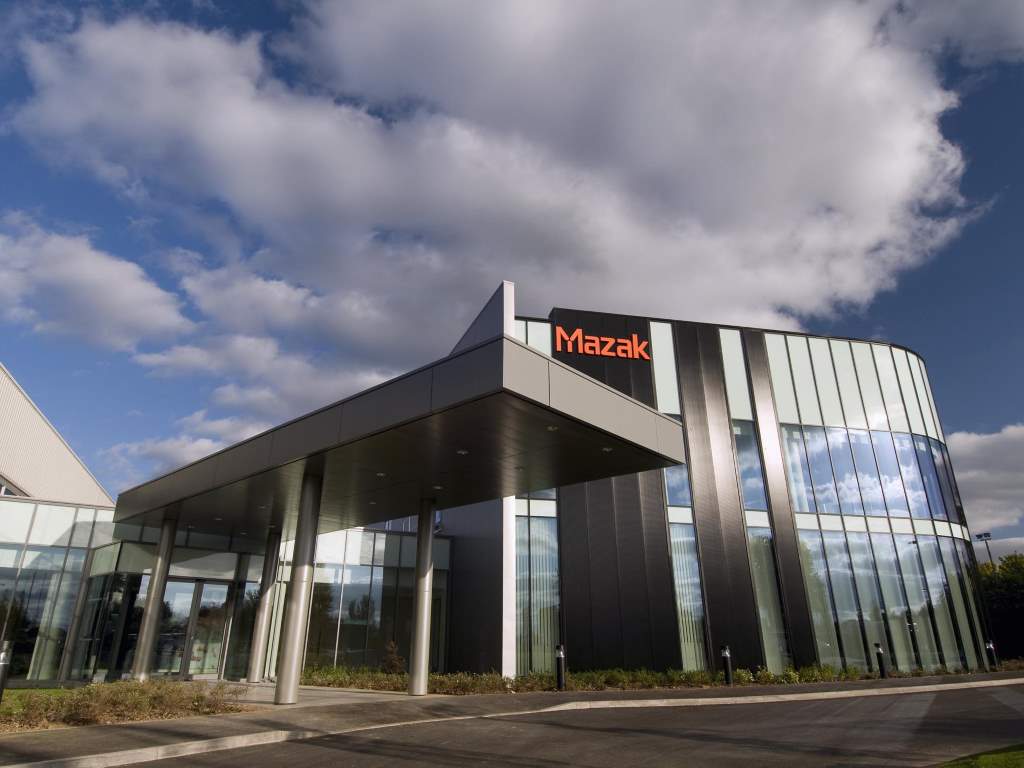Mitsui Seiki launches hybrid 3D additive and machining centre

Using full adaptive control, Mitsui Seiki has developed a single platform hybrid vertical machining centre (VMC) able to create in a fully integrated cycle 3D printed parts from scratch, add material to existing workpieces such as in the repair of expensive aerospace components as well as performing conventional subtractive cutting for material removal.
Robb Hudson, technology & business development manager of Mitsui Seiki USA commented: “Such has been the level of development of the single platform hybrid concept that it can be extended in the near future to integrate further nozzles for laser drilling and cutting, localised heat treatment, specific surface cleaning operations for a workpiece as well as the drying of coolant residue.”
Now available through 2D CNC Machinery of Hinckley, the Mitsui Seiki Vertex 55X-H combines traditional high precision Mitsui Seiki machine tool build technology integrated with spindle–adapted laser direct energy deposition (DED) / power feed nozzles.
Hudson said: “The process is under full adaptive control as the workpiece is being produced, thus ensuring that it is able to alternate back and forth between additive and conventional subtractive cutting cycles with the intended surface or feature being accurately maintained.”
The combined two process system uses a common adaptive programming language to enable seamless changes between say, conventional machining of internal or external features on the workpiece, then through the toolchange magazine, bring into operation nozzles as well as angle heads to enable the most suitable rates of flow for 3D printing powder to be applied.
As a result, exact control of positioning and deposition of powder for 3D printing can be applied through selectable laser beam profiles. Hudson commented: “The benefits of the new highly productive and repeatable process is that good surface finish is maintained and due to the use of the powder bed based additive process, significant reductions over more traditional methods involving long cycle times can be achieved while preventing significant wastage of highly expensive materials.”
As the nozzles can be loaded into the tool magazine, similar to any conventional VMC, changes are performed automatically alongside normal milling and drilling tools for production cycles. For example, a workpiece can be surface machined ready for the layering of specific materials or the part can be 3D printed to completion and then machined in normal production cycles.
Typical examples given by 2D CNC director David Holden are the repair of aerofoil parts such as high-pressure blades, blisks and impellers typically used in the aerospace, power generation as well as oil and gas sectors. Holden said: “As OEMs and designers are progressively introducing super hard materials for their part production, hybrid technology such as this becomes ideal for cost-effective repairs or even part recovery. This can enable a possible scrap component to be re-engineered and brought back into a serviceable condition.”












